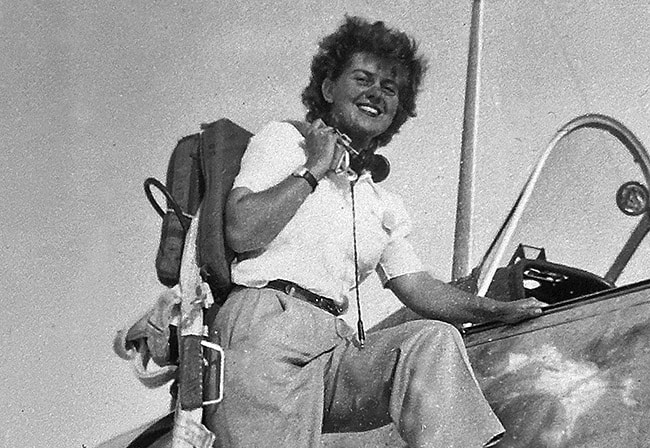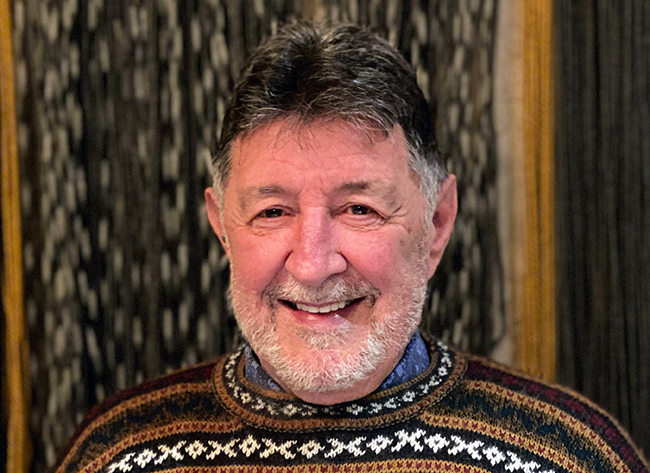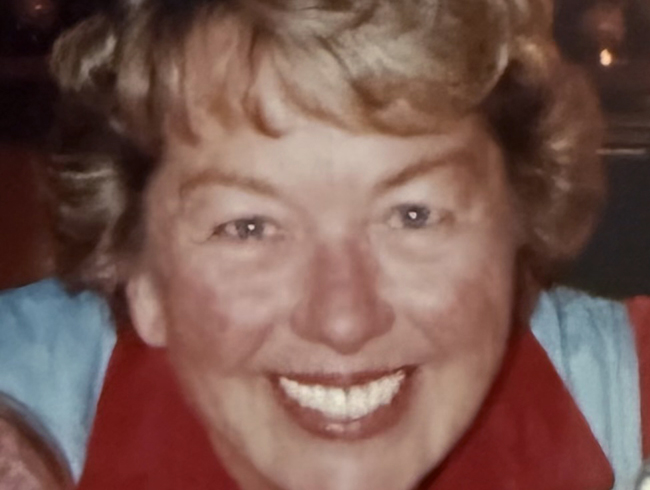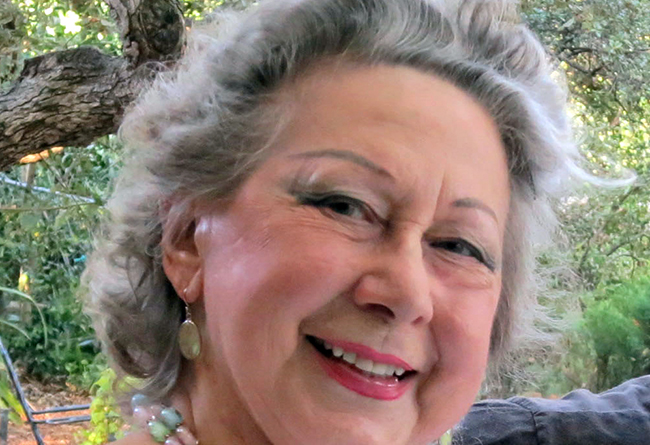Catherine Vail Bridge: trailblazing WASP pilot

Trailblazing WASP pilot helped found Rancho Cucamonga was 102
Catherine “Cappy” Vail Bridge, WASP pilot and public servant who worked to found the City of Rancho Cucamonga, died peacefully on December 6, 2022, in the company of her family at Claremont Manor Care Center. She was 102 years old.
Catherine was born in 1920 in San Diego, California and grew up in Oakland, California. In 1935, her father, Elbert M. Vail, became the first district manager of the newly formed East Bay Regional Park District. She supported her father’s effort to preserve the park’s first 2,166 acres by distributing information fliers to voters in East Bay precincts after school. From this early political success, she developed a lifelong interest in local government. From her father and the lifetime spent at the cabin he built on the shore of Fallen Leaf Lake near Lake Tahoe, she inherited a profound appreciation of natural beauty and a passion for the preservation of parkland for public enrichment.
After graduating from Piedmont High School in 1938, she studied political science at the University of California, Berkeley. Anticipating the United States’ entry into the war effort, she joined the Civilian Pilot Training Program in March 1941. From her mother, Helen Harrington Vail, who had chafed at the difficulties for women to practice medicine, she inherited a strong streak of independence and was one of a handful of girls in the CPT program. She introduced her husband, Arthur Hamilton Bridge, whom she had met in 1940 on Berkeley’s campus, to the CPT program, as well.
On December 7, 1941, she was studying in her room at her parents’ home in Oakland when she heard the news of the Japanese attack on the U.S. Pacific Fleet at Pearl Harbor. The event set in motion the course of the remainder of both her and her husband’s life. In 1942, as her husband was volunteering for the Army Air Corps, her father resigned from the East Bay Regional Parks District and moved to Washington D.C. to support the military buildup in materiel procurement for warship fabrication.
After graduating in 1942, she joined her parents in Washington and found employment as a personal assistant to Jacqueline Cochran, a pioneering aviator, who was coordinating with General Henry (Hap) Arnold to create the Women Airforce Service Pilots program. She joined the WASP on December 16, 1942, trained at Love Field in Houston, Texas, and graduated with the second WASP class in June 1943. She was assigned to the 21st Ferrying Group to transport military aircraft between the factories where they were manufactured or repaired and the coastal points of debarkation to the European and Pacific fronts.
A video featuring her recollections of this time is viewable at https://www.youtube.com/watch?v=gIdbQ23_RQo.
Before the WASP was disbanded on December 20, 1944 and her honorable discharge as a first lieutenant, she had flown more than 2,000 hours, mostly in army air force and naval aircraft. She had a standing joke with her husband, who flew bomber support and pursuit missions supporting the marines’ push through the South Pacific, that she had more hours flying pursuit aircraft and flew the new models first. Flying was a common bond for the couple. When asked which airplane they had most enjoyed flying, their response was invariably the P51 Mustang. Art named his “Miss Cappy” — a reference to a nickname his wife had earned as a girl and carried through her military and civilian life in Alta Loma.
While they were on a brief leave together in June 1944, she asked him what he would like to do. Without hesitation, he replied, “Get married.” They were married after a Sunday morning service at a Presbyterian Church on Euclid Avenue in Ontario. He returned to the Pacific theater where he remained until demobilization in June 1945. After receiving her honorable discharge from the WASP on December 20, 1944, she continued in aviation until 1946 with the Civil Aeronautics Authority training demobilized military pilots transitioning to civilian aviation. In March 2010, after six decades of lobbying by persons dedicated to recognizing the contributions of the women with wings in World War II, she and her fellow WASP pilots received the Congressional Gold Medal.
In 1946, she joined her husband in Alta Loma to help him manage the 180-acre citrus ranch founded in 1909 by his maternal grandfather, George Newton Hamilton, who resided in Claremont on Harrison Avenue, in what is today the “Zetterberg House” on the Pitzer College campus. She took care of the secretarial and accounting tasks and, when her husband was mobilized during the Korean War, took over the operations of the ranch as well. She gave birth to their daughter, Elizabeth, in 1947. In 1949 their son Arthur was born, and their youngest child, Richard, was born in 1954.
In addition to raising their family, while her husband commanded the California Air National Guard 163rd Fighter-Interceptor Group stationed at Ontario International Airport, she engaged in a variety of community activities, serving on the board of directors for the Cucamonga Mesa Packing House and the Alta Loma Chamber of Commerce, and later, the Rancho Cucamonga chamber. She also worked on San Bernardino County’s Parks and Recreation Service Area 50 and joined the Assistance League of Upland.
Returning to her study of political science, in 1972 she earned her master’s degree in government, with emphasis on local government, from Claremont Graduate School (now Claremont Graduate University). Recognizing the growing pressures from residential and commercial development on the region, she served on the board of the Tri-Community Municipal Advisory Council for the unincorporated communities of Cucamonga, Alta Loma, and Etiwanda. In 1972 she was a founding member of the Tri-Community Incorporation Committee, which was successful in the founding of the City of Rancho Cucamonga in December 1978.
“In addition to her sense of duty to her country and community and her study of political science and local government, Catherine’s legacy to the community grew from her love of natural beauty inherited from her father, which inspired her in the 1980s and ‘90s to campaign for the preservation of public parks and spaces to knit the communities she helped to join,” her family shared. She served on the San Bernardino County Regional Park Commission and, in 1980, was a founding member of the Friends of San Bernardino County Cucamonga Guasti Regional Park, which successfully preserved the park for the benefit of the residents of Rancho Cucamonga, Ontario, and other inland valley communities.
“Catherine spent her life in service to her family and friends, and to her community and country. She did not seek accolades,” her family added. “She only saw the requirement and the goal to be accomplished, and she loved the opportunity and challenge to serve.”
Nevertheless, she has been recognized in the adjournment of the Rancho Cucamonga City Council for her role in the city’s founding. She will be honored in Sacramento as well, in the adjournment of the California State Assembly for her service to her country’s military effort as a WASP and to her local community.
“Catherine “Cappy” Vail Bridge was interred with full military honors alongside her beloved husband at the Riverside National Cemetery under the optimistic phrase known in aviation: ‘Ceiling and visibility unlimited,'” her family said.
She is survived by her three children, seven grandchildren, and nine great-grandchildren.
Her oral history as a WASP and other documents can be accessed via the United States Library of Congress’ Catherine Bridge Collection, at loc.gov/item/afc2001001.34158.
In lieu of flowers, donations in her memory may be made to the World War II National WASP Museum at waspmuseum.org.









0 Comments